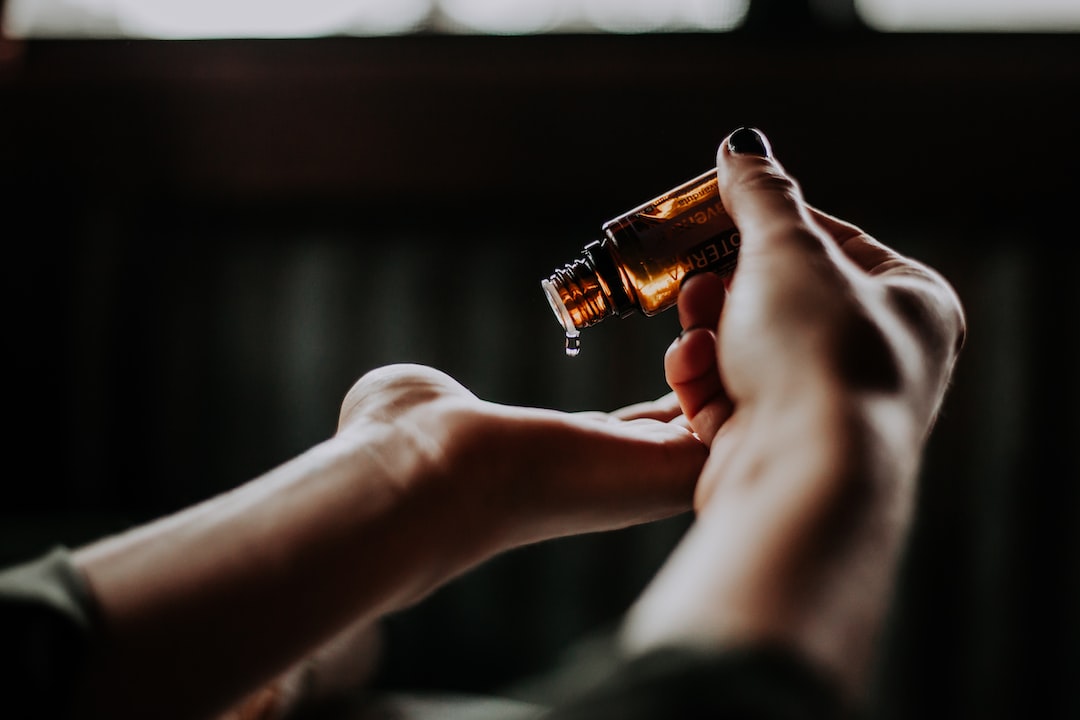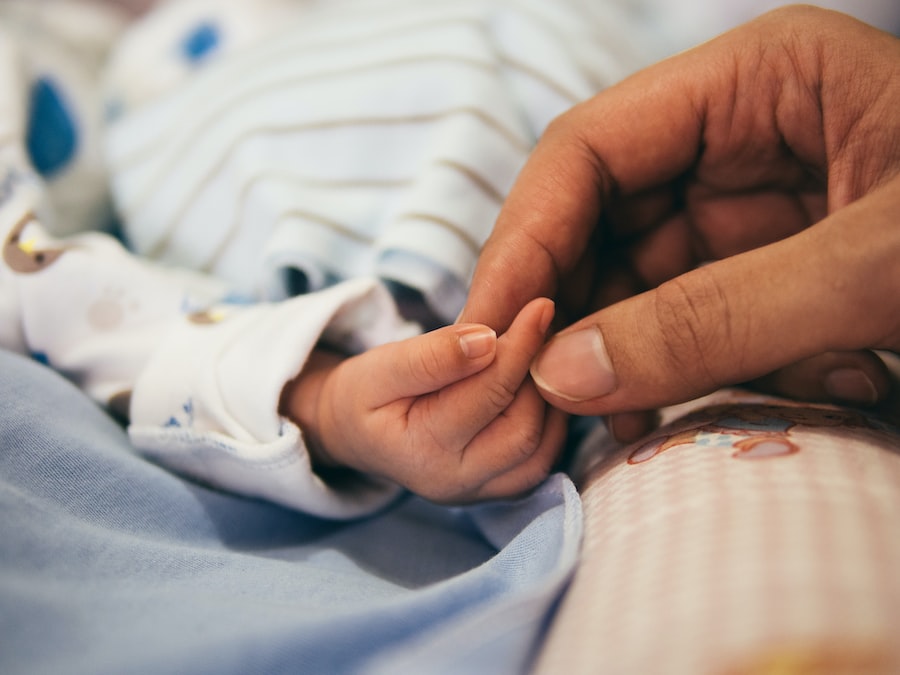Pansies in Pots: A Guide to Proper Care and Maintenance

Pansies have a long and rich history, dating back to ancient Greece and Rome. These colorful flowers were highly regarded for their beauty and were often used in religious ceremonies and festivals. Pansies were also believed to have medicinal properties and were used to treat various ailments.
Growing pansies in pots has become increasingly popular in recent years, and for good reason. There are many benefits to growing pansies in pots, including the ability to easily move them around and create stunning displays. Pots also provide better control over soil quality and drainage, which is essential for the health and growth of pansies.
There are several types of pansies to choose from, each with its own unique characteristics. The most common types include large-flowered pansies, which have larger blooms and a more upright growth habit; multiflora pansies, which have smaller blooms but produce more flowers; and trailing pansies, which have a trailing growth habit and are perfect for hanging baskets or cascading over the edges of pots.
Key Takeaways
- Pansies are a great choice for container gardening, adding color and interest to any outdoor space.
- Choosing the right pot size and material is important for the health and growth of your pansies.
- Pansies prefer well-draining soil with added organic matter for optimal growth.
- Consistent watering and fertilizing is key to keeping your pansies healthy and vibrant.
- Proper planting techniques, pruning, and deadheading can help your pansies thrive and prevent disease.
Choosing the Right Pots for Pansies
When choosing pots for your pansies, there are several factors to consider. First, you’ll want to make sure the pots have good drainage holes to prevent water from pooling at the bottom. This is important because pansies prefer moist but well-drained soil.
The material of the pots is also important. Clay pots are a popular choice because they are porous and allow for better airflow to the roots. However, they can dry out quickly, so you’ll need to monitor the moisture levels more closely. Plastic pots are another option, as they retain moisture better but may not provide as much airflow.
The size of the pots is also crucial. Pansies have shallow root systems, so they don’t require deep pots. However, they do need enough space for their roots to spread out. A pot that is at least 6-8 inches deep and wide enough to accommodate multiple plants is ideal.
Selecting the Best Soil for Pansies
The quality of the soil is essential for the health and growth of pansies. Good soil should be well-draining, yet able to retain moisture. It should also be rich in organic matter and nutrients.
To improve the quality of your soil, you can add organic amendments such as compost or well-rotted manure. These will help improve the soil structure, increase its water-holding capacity, and provide essential nutrients for the pansies.
You can also add perlite or vermiculite to improve drainage and aeration. These materials help prevent the soil from becoming compacted and allow for better root growth.
Watering and Fertilizing Pansies in Pots
| Watering and Fertilizing Pansies in Pots | Frequency | Amount | Notes |
|---|---|---|---|
| Watering | Once a week | Until water drains from bottom of pot | Avoid getting water on leaves to prevent disease |
| Fertilizing | Every 2-3 weeks | 1/2 strength liquid fertilizer | Apply in the morning when soil is moist |
Proper watering is crucial for the health and success of your pansies. Pansies prefer moist soil, but they don’t like to sit in waterlogged conditions. It’s important to water them regularly, especially during dry periods, but be careful not to overwater.
The frequency of watering will depend on various factors such as the size of the pots, the weather conditions, and the type of soil. As a general rule, you should water your pansies when the top inch of soil feels dry to the touch. Water deeply until you see water coming out of the drainage holes, then allow the soil to dry out slightly before watering again.
Fertilizing pansies is also important to ensure they receive the necessary nutrients for healthy growth and abundant blooms. You can use a balanced slow-release fertilizer or a liquid fertilizer diluted according to the manufacturer’s instructions. Apply fertilizer every 4-6 weeks during the growing season.
Pansy Planting Techniques for Pots
Before planting your pansies in pots, it’s important to prepare the pots properly. Start by filling the pots with a well-draining potting mix, leaving about an inch of space at the top for watering.
When planting pansies, make sure to space them properly to allow for good air circulation and prevent overcrowding. For larger-flowered pansies, space them about 6-8 inches apart. For smaller-flowered pansies, you can space them closer together, about 4-6 inches apart.
To plant the pansies, gently remove them from their nursery containers and loosen the roots. Place them in the prepared pots, making sure the top of the root ball is level with the soil surface. Backfill with additional soil and gently firm it around the roots.
Pansy Pruning and Deadheading Tips

Pruning and deadheading are important maintenance tasks for pansies that help promote healthy growth and prolong blooming. Pruning involves removing any dead or damaged leaves or flowers, while deadheading involves removing spent blooms to encourage new flower production.
To prune your pansies, simply use a pair of clean, sharp scissors or pruning shears to remove any dead or damaged leaves or flowers. Make clean cuts just above a leaf node or stem junction to encourage new growth.
Deadheading is done by pinching or cutting off the spent blooms just below the flower head. This will prevent the plant from putting energy into producing seeds and instead redirect that energy into producing new flowers.
Timing is important when it comes to pruning and deadheading pansies. It’s best to do these tasks in the early morning or late afternoon when the plants are not under stress from heat or direct sunlight.
Pansy Pest and Disease Prevention
Pansies are generally quite resilient and not prone to many pests and diseases. However, there are a few common issues that you may encounter when growing pansies in pots.
Some common pests that can affect pansies include aphids, slugs, and snails. These pests can be controlled by using organic pest control methods such as handpicking, using insecticidal soap, or applying diatomaceous earth around the base of the plants.
Diseases such as powdery mildew and root rot can also affect pansies. To prevent these diseases, make sure to provide good air circulation around the plants by spacing them properly and avoiding overcrowding. Watering at the base of the plants and avoiding overhead watering can also help prevent fungal diseases.
Overwintering Pansies in Pots
Pansies are generally considered cool-season annuals and may not survive harsh winter conditions. However, with proper care, you can overwinter pansies in pots and enjoy their blooms for another season.
To prepare your pansies for winter, start by removing any dead or damaged leaves or flowers. Cut back the plants to about half their height to encourage new growth.
During the winter months, it’s important to protect your pansies from freezing temperatures and excessive moisture. Move the pots to a sheltered location such as a garage or shed, or cover them with a frost blanket or mulch to insulate them from the cold.
Water your pansies sparingly during the winter months, as they will require less water when they are not actively growing. Monitor the soil moisture levels and only water when the top inch of soil feels dry.
Creative Design Ideas for Pansy Pots
Pansies are known for their vibrant colors and can be used to create stunning displays in pots. Here are some creative design ideas for your pansy pots:
– Color combinations: Choose pansies in complementary colors to create a visually striking display. For example, pair purple and yellow pansies for a bold and vibrant look, or mix pastel shades of pink, lavender, and white for a soft and romantic feel.
– Container garden design: Combine pansies with other cool-season annuals such as violas, snapdragons, or ornamental cabbage and kale to create a diverse and visually interesting container garden. Consider using different heights and textures to add depth and dimension to your display.
– DIY pansy pots: Get creative and make your own unique pansy pots. You can paint terracotta pots in vibrant colors or create mosaic designs using broken tiles or glass pieces. You can also repurpose old containers such as teapots, buckets, or even shoes to create whimsical and eye-catching displays.
Frequently Asked Questions About Pansies in Pots
1. Can I grow pansies in pots indoors?
Yes, you can grow pansies in pots indoors as long as they receive sufficient light. Place them near a sunny window or provide supplemental grow lights to ensure they receive at least 6-8 hours of direct or indirect sunlight per day.
2. How often should I fertilize my pansies?
Pansies should be fertilized every 4-6 weeks during the growing season. Use a balanced slow-release fertilizer or a liquid fertilizer diluted according to the manufacturer’s instructions.
3. Can I plant pansies with other flowers in the same pot?
Yes, you can plant pansies with other flowers in the same pot as long as they have similar light and water requirements. Consider using companion plants such as violas, snapdragons, or ornamental grasses to create a visually appealing and diverse display.
In conclusion, growing pansies in pots is a rewarding and enjoyable gardening experience. With the right pots, soil, watering, and care techniques, you can create stunning displays of these colorful flowers that will brighten up your outdoor space. Whether you choose to plant them in traditional clay pots or get creative with DIY containers, pansies are sure to bring beauty and joy to your garden. So go ahead and give pansies in pots a try – you won’t be disappointed!



